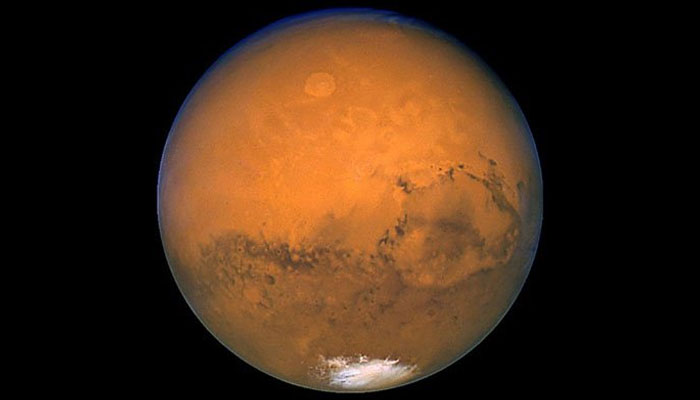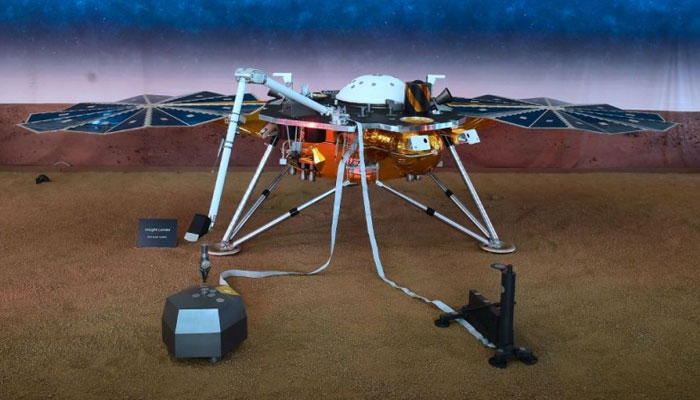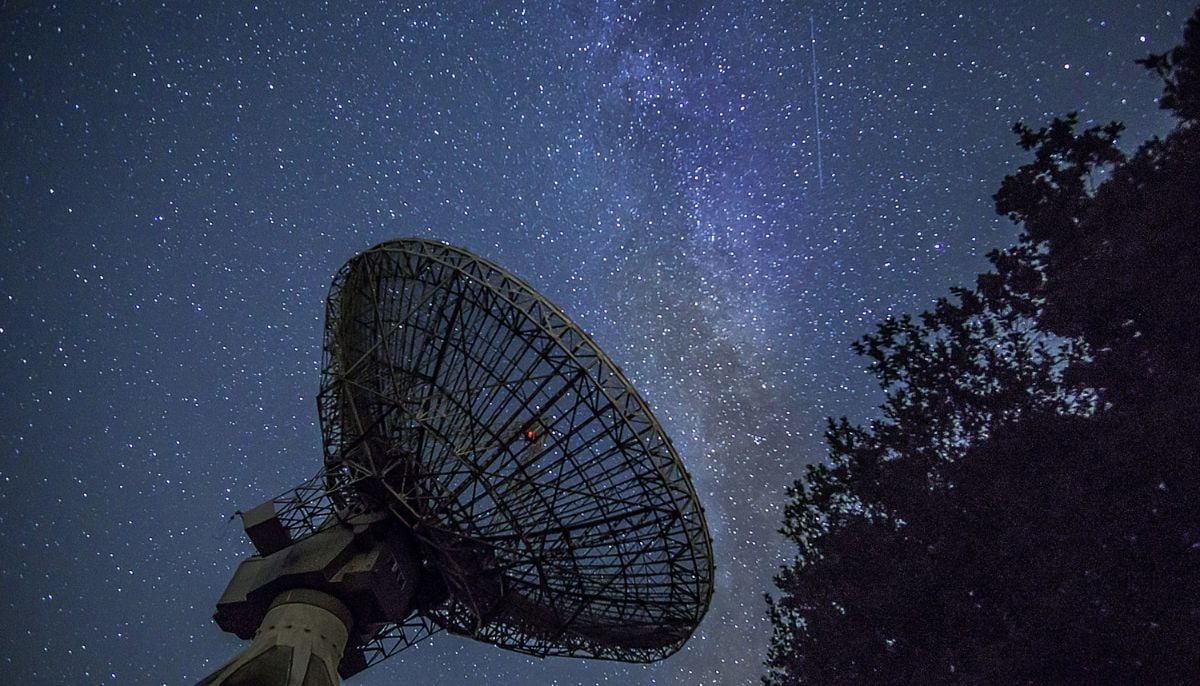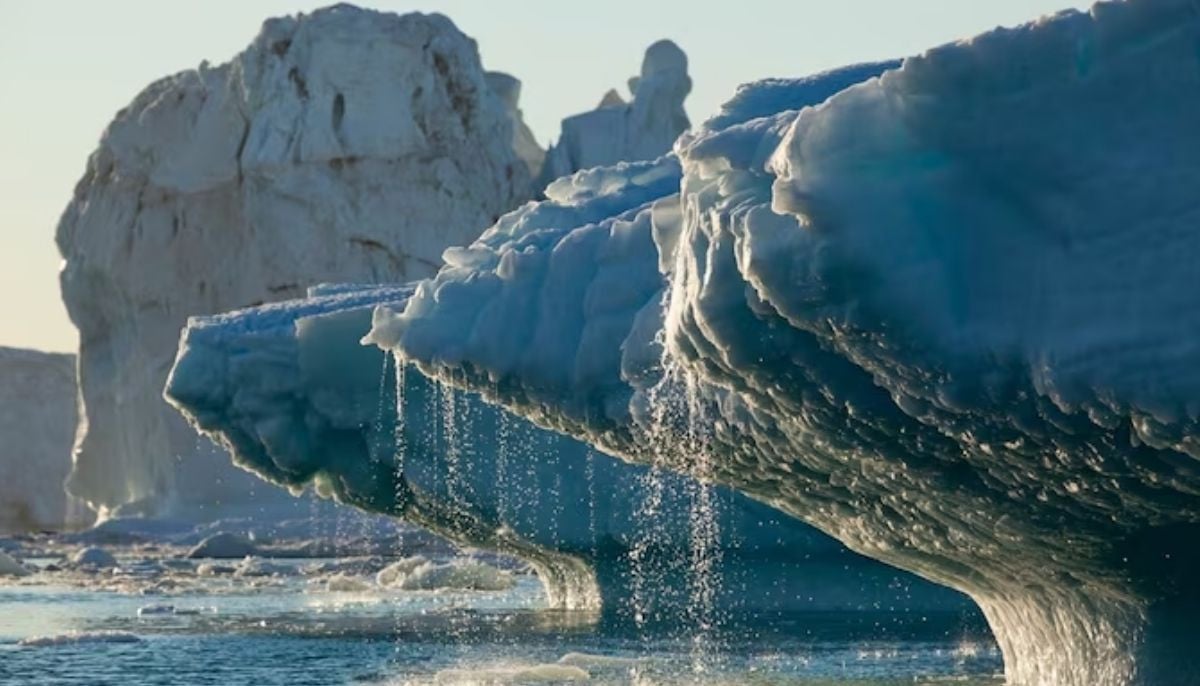Rare quake reveals Mars' crust to be thicker than Earth's
Recently, the entire Red Planet was shaken by a magnitude 4.7 quake that lasted more than six hours
Following a strong quake on Mars, planetary scientists observed that its crust is thicker than Earth's.
According to a researcher's report in a paper awaiting to appear in Geophysical Research Letters, the thickness of the crust is between 42 and 56 kilometers on average, which is around 70 percent thicker than the average continental crust on Earth.
The measurement was based on data from NASA’s InSight lander, a stationary seismometer that recorded waves rippling through Mars’ interior for four Earth years, the report said.
Last May, the entire Red Planet shook with a magnitude 4.7 quake that lasted more than six hours.
“We were really fortunate that we got this quake,” says seismologist Doyeon Kim of ETH Zurich.
Kim and colleagues confirmed the crust thickness over the whole planet with the help of InSight which recorded seismic waves from the quake that struck the planet up to three times.
According to the team's findings — apart from the crust being thicker than that of the Earth and the moon — it is also inconsistent across Mars.
This discovery might explain a significant north-south elevation difference on the planet.
According to topological and gravity data from Mars orbiters, the planet’s northern hemisphere is substantially lower than the southern one.
Researchers had suspected that it might be due to a difference between the density of rocks in both regions of the planet.
However, following Kim and colleagues' discovery, turns out that the crust is thinner in the northern hemisphere, so the rocks in both hemispheres probably have the same average densities.
Furthermore, upon calculating the crust’s depth, the team also calculated that much of Mars’ internal heat probably originates in the crust.
"Most of this heat comes from radioactive elements such as potassium, uranium, and thorium. An estimated 50 to 70 percent of those elements are probably in the crust rather than the underlying mantle," the research said.
This revelation also supports the idea that volcanic activity may still be found in some parts of Mars, denying claims that the "Red Planet is dead".
-
Blood Moon: When and where to watch in 2026
-
Elon Musk’s Starlink rival Eutelsat partners with MaiaSpace for satellite launches
-
Blue Moon 2026: Everything you need to know
-
Scientists unravel mystery of James Webb’s ‘little red dots’ in deep space
-
ISS crew of four completes medical evacuation with safe splashdown off California
-
Annular solar eclipse 2026: Here's everything to know about the ‘ring of fire’
-
World’s first ice archive created to preserve fast-melting glaciers’ secrets
-
NASA, DOE to develop Nuclear Reactor on the Moon by 2030













